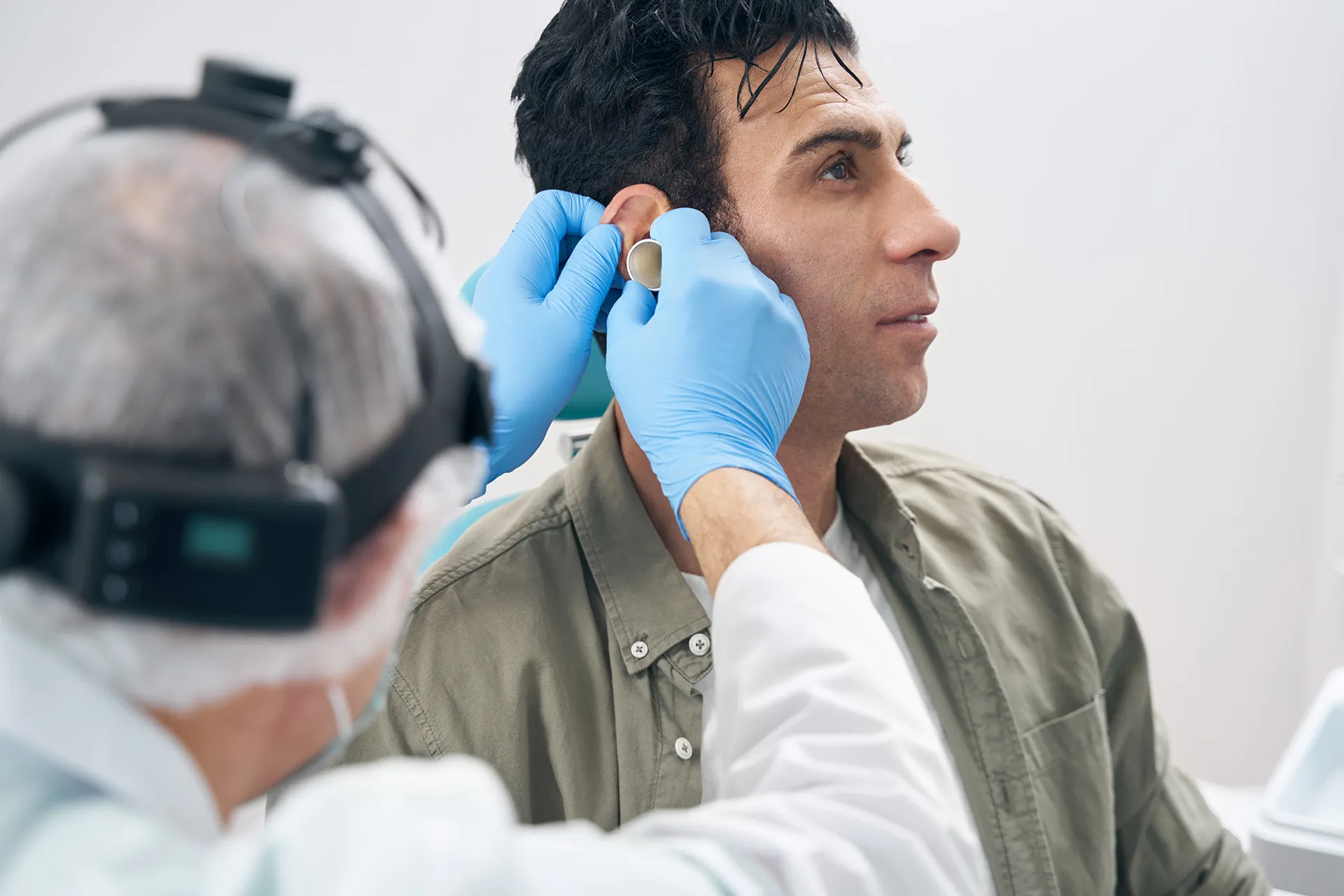Temporary Teeth After Extraction

Temporary teeth, also known as provisional or interim teeth, play a crucial role in the healing process after tooth extraction. These temporary solutions are designed to fill the gap left by the extracted tooth, restoring both the aesthetic and functional aspects of the patient’s smile. The use of temporary teeth is particularly important in cases where the extraction site will eventually be restored with a dental implant, bridge, or denture, as it helps in maintaining the patient’s appearance and dental function during the healing period.
The Importance of Temporary Teeth
Temporary teeth are not just for cosmetic purposes; they serve several key functions. Firstly, they help in maintaining the patient’s chewing function. When a tooth is extracted, the surrounding teeth may shift into the gap, affecting the patient’s bite and overall chewing ability. Temporary teeth prevent this shifting, ensuring that the patient can eat and chew comfortably while awaiting the permanent restoration.
Secondly, temporary teeth aid in speech. Gaps in the teeth can affect pronunciation and articulation, making it difficult for the patient to speak clearly. By filling the gap, temporary teeth help in maintaining normal speech patterns.
Lastly, temporary teeth are essential for psychological comfort. Losing a tooth can be distressing, affecting a person’s self-esteem and confidence. Temporary teeth provide an immediate solution, allowing patients to feel more like themselves until the permanent restoration is ready.
Types of Temporary Teeth
There are several types of temporary teeth that can be used after tooth extraction, each with its own advantages and suitability depending on the patient’s needs and the location of the extracted tooth.
Temporary Crowns: These are used when a tooth has been extracted and is to be replaced with a dental implant. A temporary crown is placed on the implant site, both to protect it and to provide a temporary aesthetic solution.
Flipper: A flipper is a type of removable temporary tooth. It consists of a plastic or metal retainer with one or more artificial teeth attached to it. Flippers are easy to install and remove, making them a convenient option for temporary use.
Essix Retainer: Similar to a flipper but more commonly used for orthodontic purposes, an Essix retainer can also serve as a temporary solution. It is a clear, removable retainer that fits over the teeth and can have artificial teeth attached to fill gaps.
Temporary Bridge: In cases where multiple teeth are extracted, a temporary bridge can be used. This is a fixed solution that is cemented into place, providing both aesthetic and functional support during the healing period.
The Process of Getting Temporary Teeth
The process of obtaining temporary teeth typically begins during the initial consultation with a dentist or oral surgeon. After the tooth extraction, the dentist will take impressions of the patient’s mouth, which are then used to create the temporary teeth. The temporary solution is designed to match the shape, color, and overall appearance of the patient’s natural teeth as closely as possible.
In some cases, especially with immediate implants, a temporary crown can be placed on the same day as the extraction. However, the process can vary depending on the patient’s specific needs and the dentist’s professional judgment.
Care and Maintenance
While temporary teeth are designed to be durable, proper care is essential to ensure they last throughout the healing period. Patients are advised to clean their temporary teeth gently but thoroughly, ideally with a soft toothbrush and mild toothpaste. Avoiding hard or sticky foods can also help prevent damage to the temporary teeth.
Regular follow-up appointments with the dentist are crucial to check on the healing progress and the fit of the temporary teeth. Adjustments may be necessary to ensure continued comfort and function.
Conclusion
Temporary teeth are a vital component of the tooth extraction and restoration process. They not only enhance the aesthetic appeal of the smile but also play a critical role in maintaining the patient’s dental function and overall well-being during the healing period. By understanding the importance, types, and process of obtaining temporary teeth, patients can better navigate their dental restoration journey with confidence and anticipation of a successful outcome.
How long do temporary teeth last?
+The duration that temporary teeth last can vary significantly depending on the type of temporary teeth, the material used, and how well they are cared for. Generally, they are designed to last several months, until the permanent restoration is ready. With proper care, some temporary teeth can last up to a year or more.
Are temporary teeth painful to install?
+The process of installing temporary teeth should not be painful, as it is typically done after the extraction site has healed sufficiently or under local anesthesia. However, some patients may experience mild discomfort or sensitivity, especially if the temporary teeth need adjustments to fit perfectly.
Can I eat normally with temporary teeth?
+While temporary teeth are designed to be functional, it’s advisable to avoid hard, sticky, or chewy foods that could potentially dislodge or damage the temporary teeth. Patients are encouraged to eat a soft diet initially and gradually introduce more solid foods as they become comfortable with their temporary teeth.
How much do temporary teeth cost?
+The cost of temporary teeth can vary widely depending on the type of temporary solution, the location, and the dentist’s fees. Generally, the cost is included in the overall price of the dental restoration procedure, such as dental implants or bridges. It’s best to consult with a dentist to get a precise quote based on individual needs.
Can temporary teeth be adjusted or repaired?
+Yes, temporary teeth can usually be adjusted or repaired if needed. Regular follow-up appointments with the dentist are important to ensure a proper fit and to make any necessary adjustments. In some cases, if the temporary teeth are damaged, they may need to be replaced, but this depends on the extent of the damage and the type of temporary teeth.

